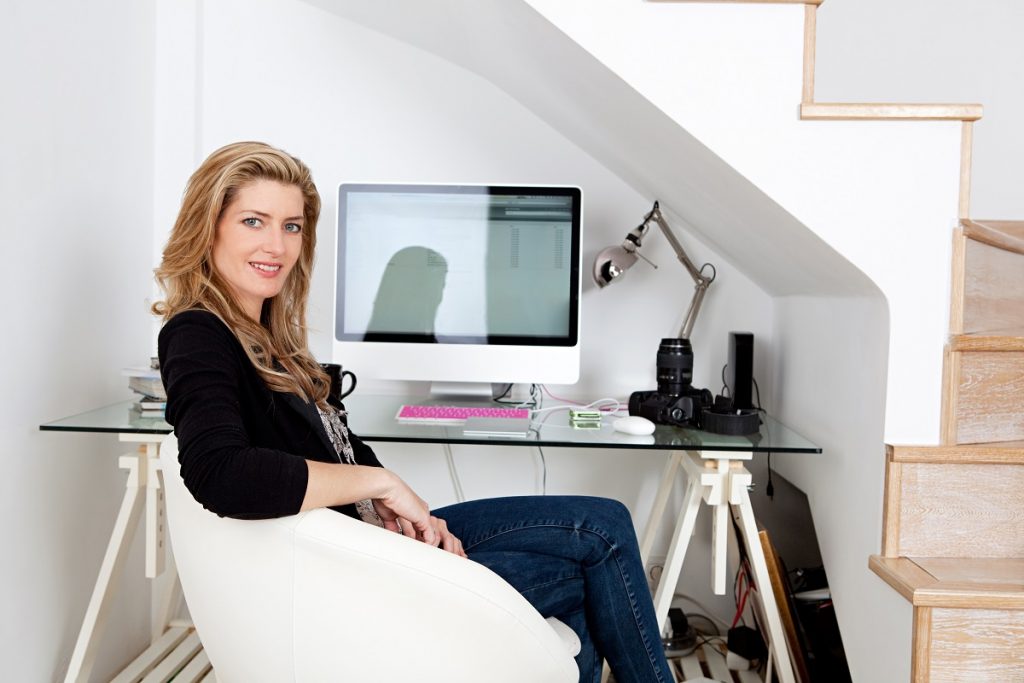Organising your workspace is simple, but its impact on safety and work efficiency are undeniable. When you take the time to clean up and put everything in its place after a task, the time wasted in looking for the needed tools is significantly reduced. For instance, consider the time spent looking for a needed file, tool, component, blueprint or even a pen. Over time and multipled by many employees, this wasted time adds up significantly. To avoid this, consider implementing the 5-S workspace organisation system. This 5-S system was created by Toyota in the 1950’s, to streamline operations and eliminate waste in terms of time and physical resources. The 5-S system is actually comprised of Japanese words seiri, seiton, seiso, seiketsu and shitsuke.
Sort (Seiri)
The first “S” is sort and entails sorting everything in your workspace. In this crucial first step to workspace organisation, you keep only what is necessary for performing your tasks. Any tools, materials and equipment that aren’t used as often should be placed in a common storage area. Dispose of items that are never used. Not only does the workplace become easier and safer to work in, the organised workspace also benefits workers’ health.
Systematise (Seiton)
The next step requires that you organise and identify all the materials and tools in a workspace. This is to enable more efficient retrieval of items and ensure they are always returned to their proper place. In addition to cleaning the space, you should use the proper storage for tools like storage bins and industrial storage cabinets. Be sure to properly label all your storage cabinets to avoid mixing up all your tools and undermining your organisation’s efforts.
(Keep it) Shiny (Seiso)
This step is more about maintenance. After everything is sorted and stored properly, you have to make sure this is done consistently. Regularly inspecting and cleaning workspaces, tools and equipment make it easier to track supply levels and discarded rubbish. Inspecting and cleaning the work area takes less time than fumbling around for needed items if it was left disorganised.
Standardise (Seiketsu)
Standardising the first three steps ensures that sorting, organising and cleaning become part of the workday. By enacting these measures regularly, keeping the workspace organised becomes second nature to workers and time and costs are saved in the long run.
Self-Discipline (Shitsuke)
In this final step to an organised workplace, continuous maintenance of the set standards should be enforced. The organisation must have a system in place to monitor results and make sure that the principles are continually practised. To make sure each team member adheres to these standards, the company must have ongoing education on maintenance. Whenever there are changes that may affect the system, such as the introduction of new products, equipment or policies, it’s important to make adjustments to the standards and give training.
These 5 steps contribute greatly to a more efficient, safer and cost-effective organisation. Regardless of the nature of the business, any company can save on costs and make better use of their time by applying these principles.


